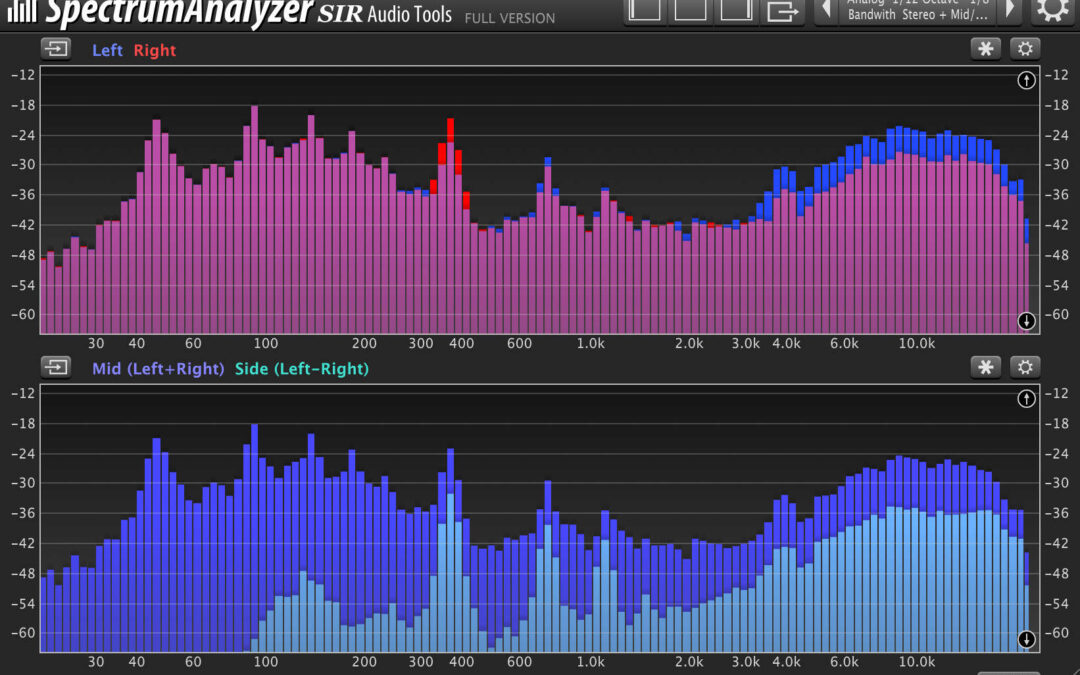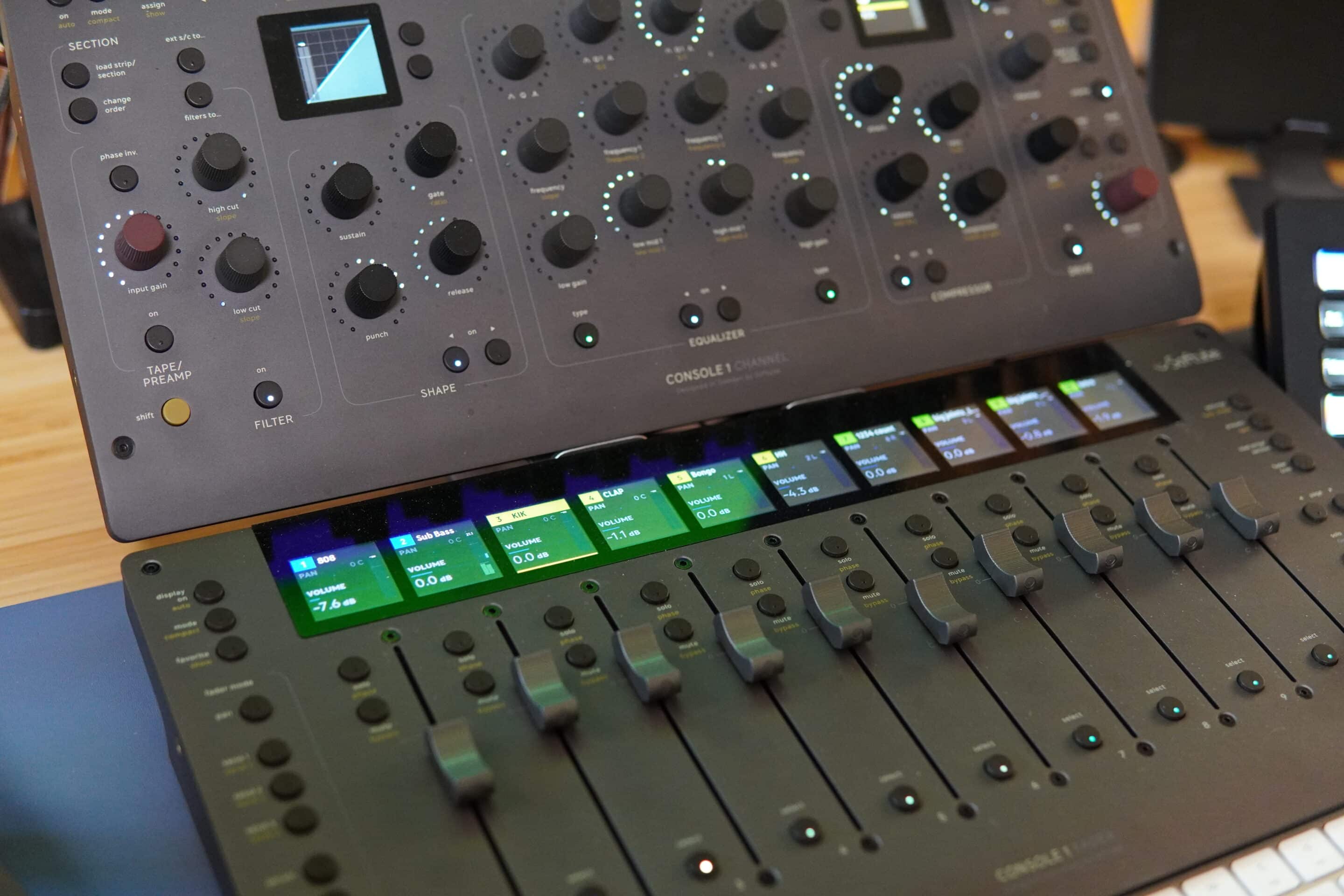Introduction
In the world of music production, professional mixing and mastering are critical processes that can make or break a track. While songwriting and recording lay the foundation, it’s through mixing and mastering that a song reaches its full potential, achieving the clarity, balance, and polish that listeners expect from professional releases.
Mixing involves blending individual tracks together to create a cohesive and engaging sound. It’s where you’ll shape the tone, dynamics, and spatial placement of each element in your mix. Mastering, on the other hand, is the final step in the production chain. It ensures that your track sounds its best on all playback systems, providing the final polish and making it ready for distribution.
Whether you’re a seasoned engineer or just starting out, mastering these two stages can be challenging. That’s why we’ve compiled the top 10 tips for professional mixing and mastering. These tips will help you achieve a polished, professional sound that stands out in today’s competitive music industry. From organizing your session to the final touches in mastering, these actionable insights are designed to enhance your workflow and elevate your productions.
Dive in, and let’s explore the essential strategies that will take your mixes and masters to the next level.
Preparation
Tip 1: Organize Your Session
The first step towards a professional mix starts with a well-organized session. Clear labeling and color coding can save you a lot of time and headaches down the line. Name each track appropriately—use descriptive labels such as “Kick,” “Snare,” “Lead Vocal,” and so on. Color coding can help you visually group similar tracks, making it easier to navigate your session.
Using templates is another great way to streamline your workflow. Create templates that include your go-to track layout, effects chains, and routing configurations. This not only speeds up your process but also ensures consistency across your projects.
Benefits of Session Organization:
- Faster workflow and reduced setup time.
- Easier navigation and editing.
- Consistent project structure.
Tip 2: Gain Staging
Proper gain staging is crucial to maintaining the integrity of your audio throughout the mixing process. Gain staging involves setting the optimal input levels for each track to ensure a clean signal flow and prevent clipping or distortion.
Start by setting your track levels so they peak around -6dB to -3dB on your meters. This leaves ample headroom for processing and ensures that you’re working within a safe dynamic range. Avoid pushing your levels too high, as this can lead to digital distortion, which is difficult to fix later on.
Steps for Effective Gain Staging:
- Set Initial Levels: Adjust the fader so each track peaks around -6dB to -3dB.
- Check Your Meters: Ensure your meters aren’t clipping. Use peak meters and RMS meters to monitor levels accurately.
- Maintain Headroom: Leave enough headroom for further processing and effects.
Mixing Tips
Tip 3: Use High-Quality References
Using reference tracks is a powerful technique to ensure your mix is on the right track. Reference tracks serve as benchmarks for tonal balance, loudness, and overall sonic quality. Choose tracks that are professionally mixed and mastered, and that are in the same genre or style as your project.
To effectively use reference tracks:
- Import the reference tracks into your DAW.
- Regularly A/B your mix against the reference tracks.
- Pay attention to the frequency balance, stereo width, and dynamics.
Benefits of Using Reference Tracks:
- Keeps your mix aligned with industry standards.
- Provides a clear target for tonal balance and loudness.
- Helps identify areas that need improvement.
Tip 4: EQ and Frequency Balance
EQ is one of the most crucial tools in mixing. It allows you to shape the frequency balance of each track, ensuring that every element has its own space in the mix. Start by using high-pass filters to remove unnecessary low frequencies from non-bass instruments. This helps to prevent muddiness and ensures clarity.
Next, identify and attenuate any problematic frequencies using a parametric EQ. Boost frequencies that enhance the character of the sound, but be cautious not to overdo it.
Effective EQ Strategies:
- High-Pass Filtering: Remove low-end rumble from non-bass tracks.
- Cutting Overlapping Frequencies: Reduce frequencies that cause masking between instruments.
- Boosting Character Frequencies: Enhance frequencies that bring out the best in each instrument.
Tip 5: Compression Techniques
Compression is essential for controlling the dynamic range of your tracks. It helps to smooth out volume inconsistencies and adds punch and sustain to your sounds. Understand the different types of compressors (VCA, FET, Optical) and their characteristics.
For vocals, use a slower attack to let the initial transients pass through, and a faster release to maintain energy. For drums, use a faster attack to control peaks and add punch.
Compression Tips:
- Set Threshold and Ratio: Adjust these settings to control the amount of compression.
- Attack and Release: Fine-tune to shape the dynamics of your track.
- Parallel Compression: Blend a compressed version with the dry signal for added punch without sacrificing dynamics.
Tip 6: Panning and Stereo Imaging
Creating a wide and balanced stereo image is crucial for a professional-sounding mix. Use panning to place instruments in different positions within the stereo field. This not only creates width but also ensures that each element is clearly heard.
Experiment with stereo enhancers and mid/side processing to add depth and width. Be careful not to overdo it, as excessive widening can cause phase issues.
Panning and Stereo Imaging Tips:
- Panning: Spread instruments across the stereo field to create space.
- Stereo Enhancers: Use these effects to widen the stereo image.
- Mid/Side Processing: Adjust the balance between the center and the sides for better spatial clarity.
Tip 7: Reverb and Delay
Reverb and delay are essential for adding depth and space to your mix. Use reverb to create a sense of environment and delay to add rhythmic interest and dimension.
Different types of reverb (plate, hall, room) have unique characteristics. Choose the type that best fits the instrument and the overall vibe of your mix. Similarly, use delay to create echoes that enhance the rhythmic and spatial elements of your track.
Reverb and Delay Tips:
- Reverb Types: Select the appropriate reverb type for each element.
- Pre-Delay and Decay: Adjust these settings to control the reverb’s character and length.
- Delay Timing: Sync the delay to the tempo of your track for a cohesive feel.
Additional Advice
Bonus Tip: Fresh Ears and Breaks
Taking regular breaks during mixing and mastering sessions is crucial for maintaining objectivity and preventing ear fatigue. Our ears can quickly become accustomed to certain frequencies, leading to poor judgment calls. Stepping away from your project and returning with fresh ears helps you hear your mix more accurately and make better decisions.
Tips for Taking Breaks:
- Scheduled Breaks: Plan short breaks every 30-60 minutes.
- Change of Environment: Step outside or move to a different room to reset your ears.
- Critical Listening: After a break, listen to your mix at a lower volume to identify any issues.
Bonus Tip: Invest in Good Monitoring
The quality of your monitors and headphones has a significant impact on your mixing and mastering decisions. Investing in high-quality monitoring equipment ensures that you hear your tracks accurately, allowing you to make precise adjustments.
Tips for Monitoring:
- Studio Monitors: Choose flat-response monitors that provide an accurate representation of your mix.
- Headphones: Use professional-grade headphones for detailed listening, but rely primarily on monitors for balance.
- Room Treatment: Treat your room with acoustic panels and bass traps to minimize reflections and standing waves.
Bonus Tip: Trust Your Instincts
While technical knowledge and tools are essential, trusting your instincts is equally important. Music is an art form, and sometimes the best decisions come from intuition and creativity. Don’t be afraid to experiment and take risks. If something sounds good, it probably is.
Tips for Trusting Your Instincts:
- Experiment: Try unconventional techniques and see how they impact your mix.
- Listen Critically: Develop your critical listening skills to better trust your judgments.
- Balance: Find a balance between technical precision and creative intuition.
Bonus Tip: Continuous Learning
The world of mixing and mastering is constantly evolving, with new techniques, tools, and trends emerging regularly. Stay updated by continuously learning and experimenting with new methods.
Tips for Continuous Learning:
- Online Courses: Enroll in courses and workshops to expand your skills.
- Industry Publications: Follow blogs, magazines, and forums to stay informed.
- Networking: Connect with other professionals to exchange knowledge and experiences.
Conclusion
Recap of the top 10 tips for professional mixing and mastering:
- Organize Your Session
- Gain Staging
- Use High-Quality References
- EQ and Frequency Balance
- Compression Techniques
- Panning and Stereo Imaging
- Reverb and Delay
- Loudness and Dynamics
- Final EQ and Tonal Balance
- Final Limiting
By following these tips, you can achieve a polished, professional sound that stands out in today’s competitive music industry. Remember to experiment, trust your instincts, and continuously learn to refine your craft.









